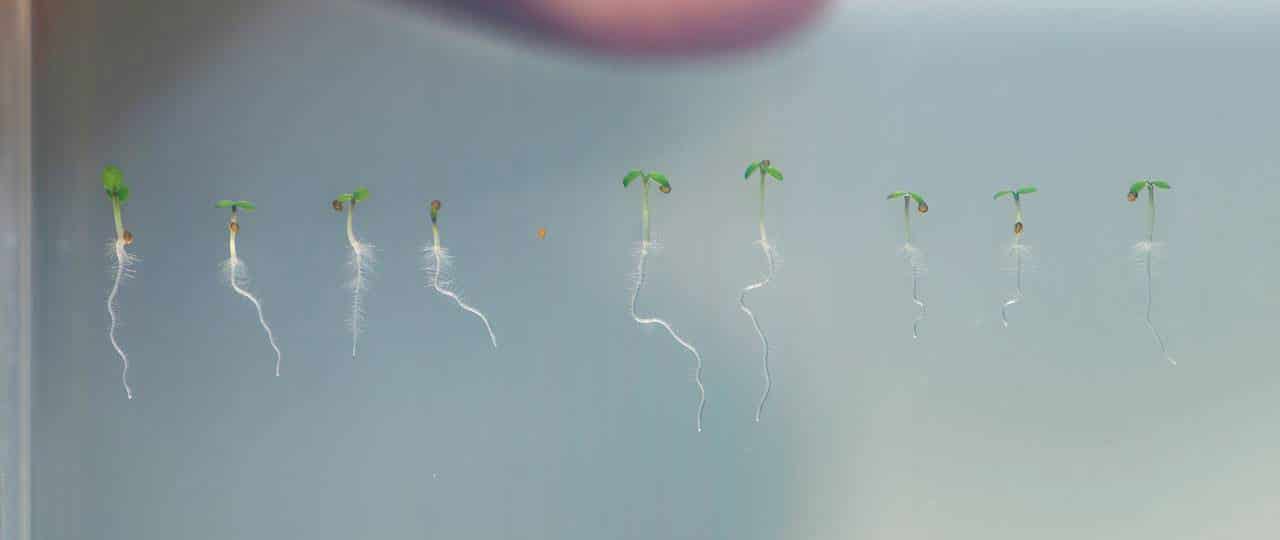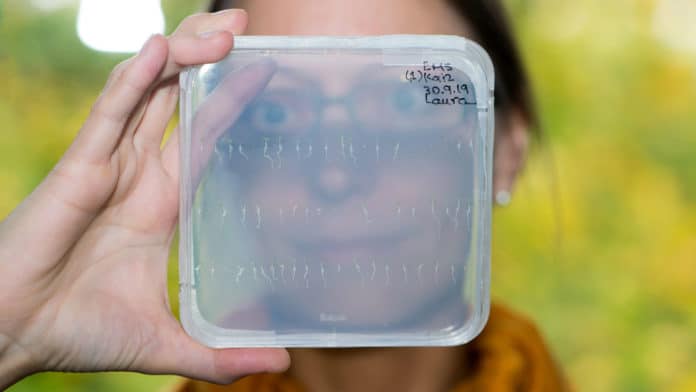Despite acting like straws that absorbing water and minerals from the soil, roots can do a lot of things: They grow in length to reach water, they can bend to circumvent stones, and they form fine root hairs enabling them to absorb more nutrients from the soil.
Now, scientists at the Technical University of Munich (TUM) have identified an essential regulator of this process.
The protein called KAI2 sets off a signal cascade causing the seeds to germinate. Karrikins are smoke-derived compounds presumed to mimic endogenous signaling molecules (KAI2-ligand, KL), whose signaling pathway is closely related to that of strigolactones (SLs), essential regulators of plant development.

Image: A. Battenberg / TUM
Now, scientists have identified the protein’s role in regulating the growth of roots. Tiny root hairs stick out of the root, helping in the absorption. Scientists discovered that the protein KAI2 is both necessary for the growth of this root hair and the downward growth of roots.
Caroline Gutjahr, professor for plant genetics at the TUM School of Life Sciences Weihenstephan, said, “Our results are also interesting in the light of evolution. Likely, KAI2 was initially responsible for controlling certain development processes in all plants, such as, for example, the development of root hairs and similar structures, in reaction to a plant hormone that is so far unknown. In the course of evolution of fire-activated seeds, KAI2 thas presumably developed the additional feature of detecting smoke.”
“The findings not only promote a more thorough understanding of how plants work but can also be important for future sustainable agriculture.”
“With this new and better understanding, of which molecular mechanisms play a role in the development of roots and root hairs, we can breed plants that are better able to absorb nutrients and water from the soil. This can, for example, help crops to resist long periods of drought, which may occur more frequently in the future.”
The study is published in the journal PLOS Genetics.
